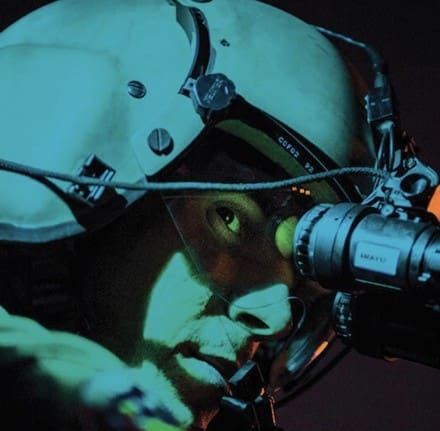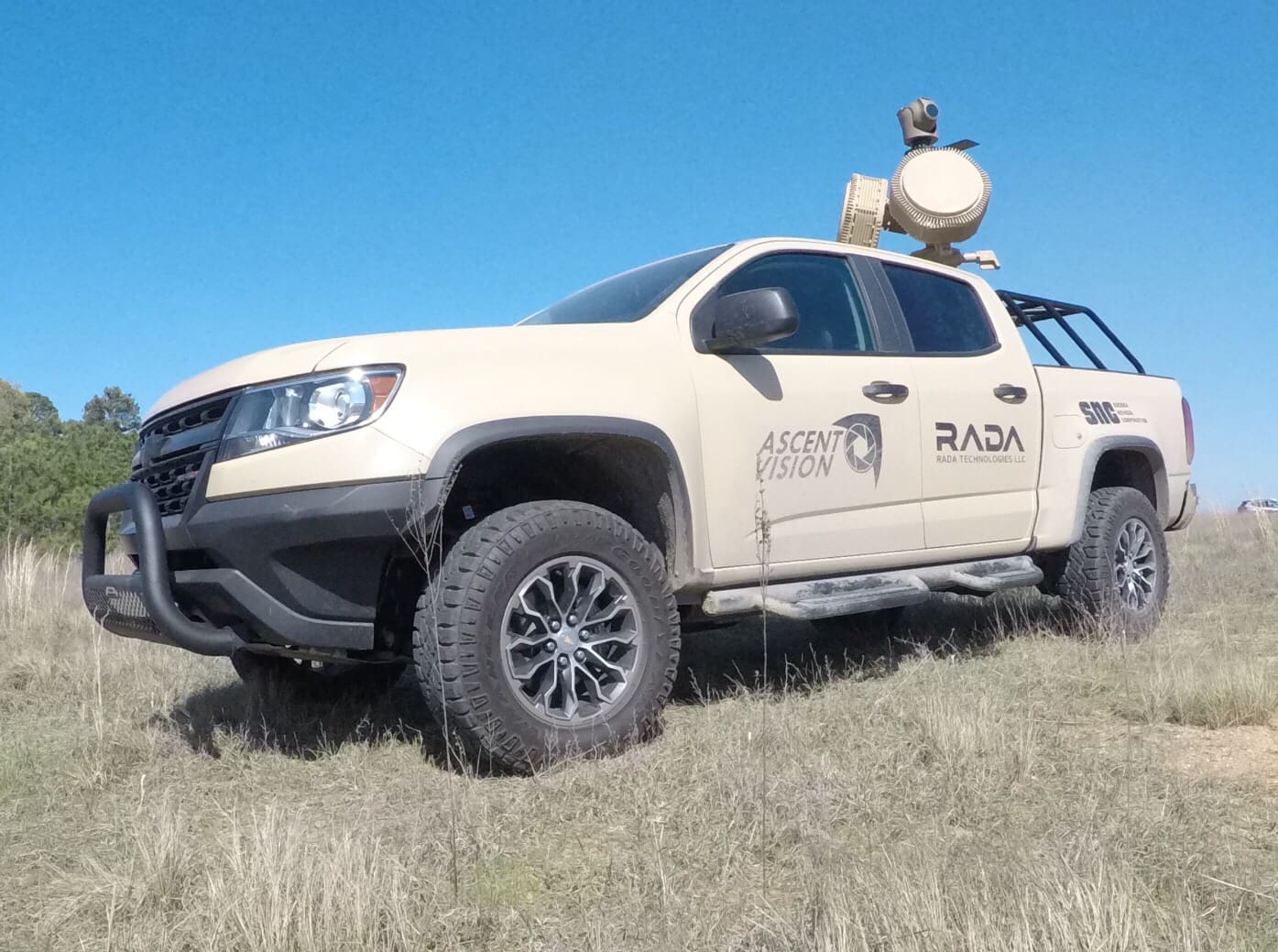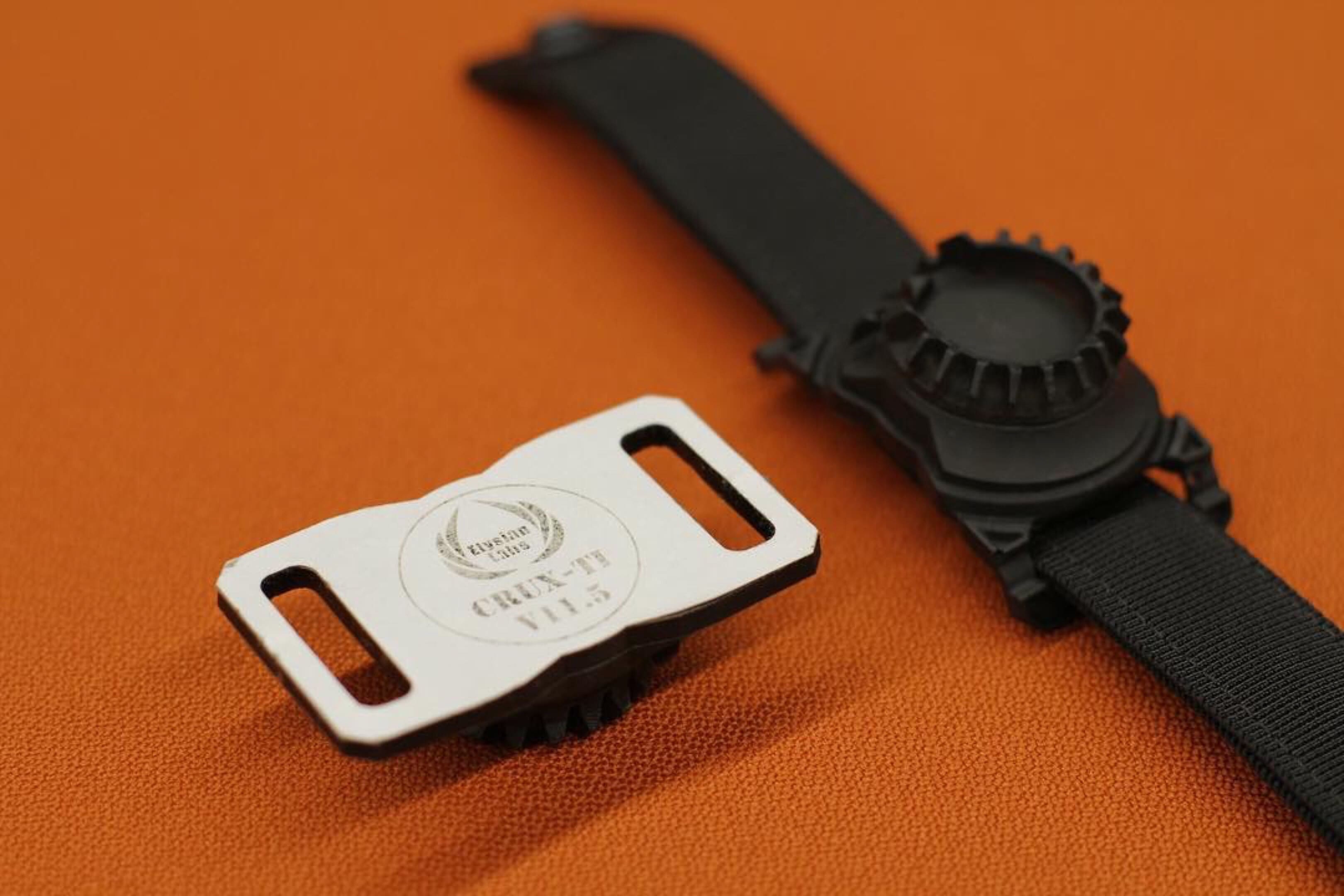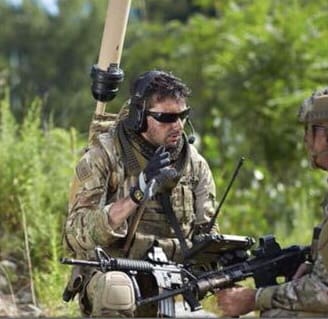SOFWERX is holding a SOAR Helmet System
Capability Assessment Event, 13-14 August 2019. The goal is to identify a new, lightweight, low profile Rotary Wing aircrew helmet for use by the 160th Special Operations Aviation Regiment which solves the capability gaps below.

Helmet system capability gaps include, but are not limited to:
• The proposed helmet system must meet the performance requirements of Section 3.7 of the Purchase Description Aircrew Integrated Helmet System, HGU-56/P (AIHS) dated 1 November 1996, with the updated modifications identified in the Improved Rotary Wing Helmet Technology Readiness Test (TRT) Protocol dated 29 March 2019.
• The helmet system must provide significantly improved head mobility and field of view compared to the existing HGU-56/P. The helmet system must allow the AH/MH-6 Little Bird pilot the ability to visually see the pilot-side skids without having to position his upper body outside of the cockpit.
• In the opinion of the operator, the helmet system must remain comfortable and stable for a minimum of 8 hours of continuous use. This includes when being used in conjunction with a Night Vision Device (NVD), oxygen delivery system, and CBRN mask.
• The helmet system must integrate and still meet the performance requirements when used with the following items
o Aircraft Internal Communications System (ICS) of the AH/MH-6 Little Bird, MH- 60M Blackhawk, and MH-47G Chinook; Objective of a digital headset that is compatible with the digital output of the ICS, and does not require an inner-ear solution (e.g. ear bud)
o AN/PRC-148 Multiband Inter/Intra Team Radio (MBITR), AN/PRC-152A Multiband Handheld Radio (MBHHR), and AN/PRC-163 Multi-Channel Handheld Radio (MCHHR)
oAquaLung Portable Helmet Oxygen Delivery System (PHODS) with nasal cannula and full mask option
o M45 Aircrew CBRN mask,Joint Service Aircrew Mask–Rotary Wing (JSAMRW) MPU-5
o Aviator’s Night Vision Imaging System – 6 (ANVIS-6) with up to 640 grams of total weight
o FirstSpear Aviation Body Armor Vest
o Elbit Common Helmet Mounted Display(CHMD)
• The helmet system should have the option of an easily attachable/detachable
maxillofacial system that provides environmental and impact protection.
• The system must be designed with snag-free cabling for all items requiring cables.
Cabling and connectors shall be durable and designed for repeated use and flexing.
• The helmet system must be maintainable at the unit level with readily available
replacement parts.
Successful demonstrations may be considered for follow on production awards to replace ~1300 helmets.
Interested parties have until to submit. Visit www.sofwerx.org/helmet for full details.





















































































































